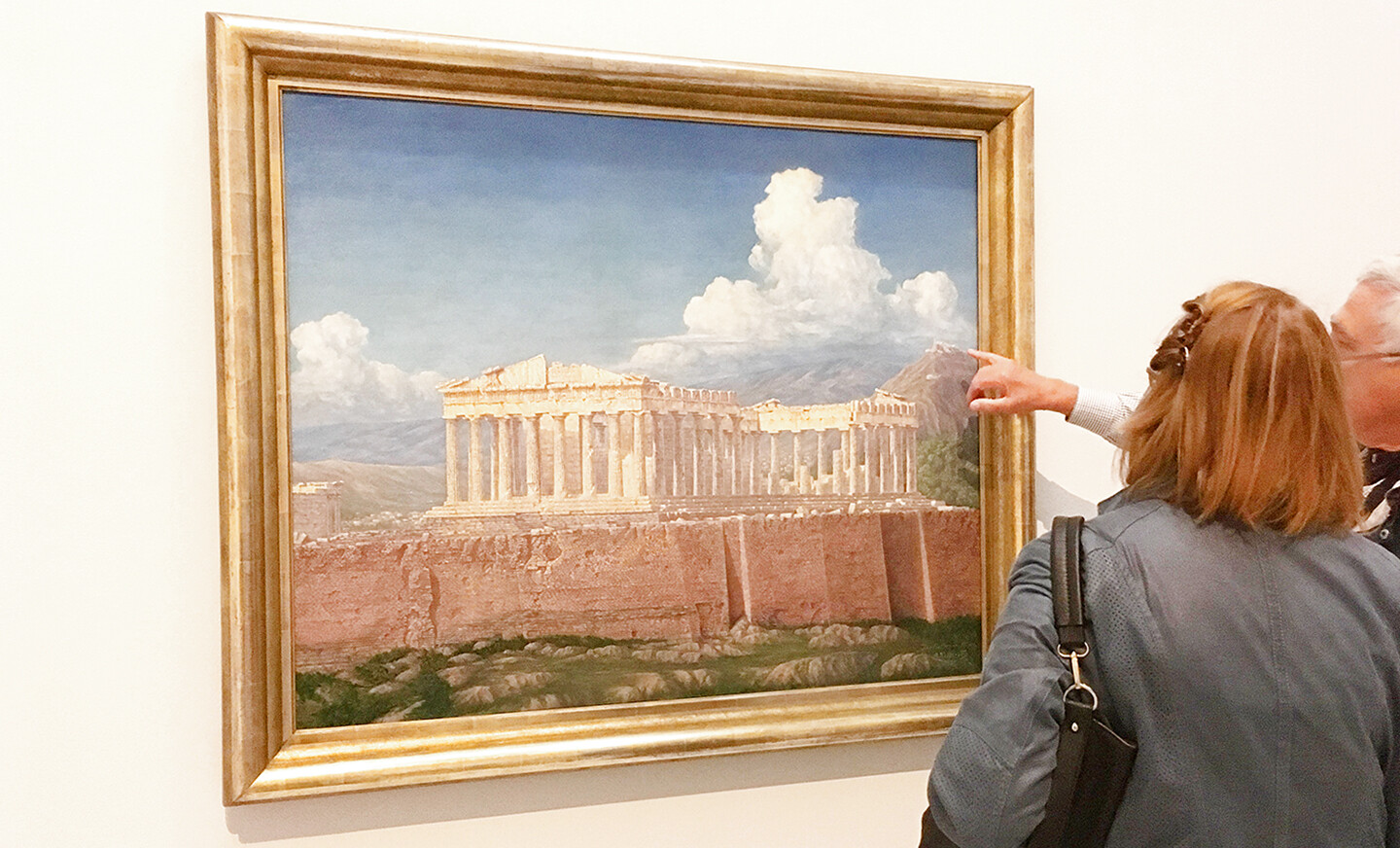Clear opinions are not expressed in the art world because they earn people enemies, and having enemies is a luxury these days: in a liberal world, nobody can afford them.
Networks may seem illegible and labyrinthine, because friendships aren’t based on elective affinities, shared aesthetic tastes, political complicity, or love; they are inflected by interests, power, and money-related motivations, and these drives can bridge any gap—racial, sexual, ideological—and that’s why the art world looks like such a diverse and tolerant place from the outside.
The insider, on the other hand, doesn’t experience the friendly and slightly neutered community that one would expect, but rather a very aggressive environment ready to turn against anyone who breaks this unwritten law by actually saying something identifiable and clear enough not to be misunderstood.
In short, nobody can protect freedom of expression because nobody can bear the consequences of it.
Being asked to review an exhibition from an artist’s position is problematic: artists can’t (and perhaps shouldn’t) be impartial; they are often resentful, capriciously driven to some things and inexplicably disgusted by others.
Such a review will say more about their position than about the show itself and will end up being an involuntary confession.
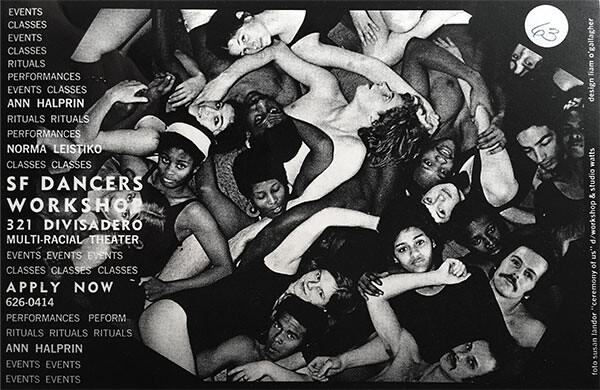

Anna Halprin, detail of installation, documenta Halle, Kassel, documenta 14. Photo: Mathias Völzke
We decided to create and protect freedom of expression within this text in the only possible way: through anonymity.
This review is a chorus of anonymous voices that we don’t identify or agree with.
The chorus’s function is to comment and highlight the key moments of a Greek tragedy, in order to help the public position itself in relation to the events represented.
A. A viewer who has only experienced the venue at Kassel (for the second time in my case, as I didn’t visit Kabul during the previous Documenta either) could be under the strong impression of being deprived of half of the exhibition. Personally, I’ve also felt that Athens had been the most significant and eventful part of Documenta 14, and that I was constantly reminded of this throughout the different venues. In that respect, the omnipresence of the Parthenon was also a bit disturbing and oppressive (the sculpture by Marta Minujín in the main square made with censored books under cellophane; the obscure oil painting from 1939 of Alexander Kalderach, and Eva Stefani’s Acropolis, both in Palais Bellevue; the Parthenon with a Nazi flag in The Disasters of War by Daniel García Andújar at Neue Galerie; and many more occurrences). There was a desire to make a statement about the Western world and its crisis, where Athens represented the capital of recession, the place that we must unlearn from, and Germany played the part of the unfair landlord collecting Europe’s rent from its poor tenants. But in the end, this intellectual/political position is also Manichean. Even going to the Fridericianum, whose content was simply Athens’s EMST collection shipped over as a counter-gift to/from Documenta 14, seemed problematic: diplomacy was definitely taking over the quest for excellence, because the EMST provided the beautiful space in Athens and it gave the unremarkable art to Kassel. The collection is heavily characterized by the presence of Greek artists; there are also some great artworks: Hans Haacke’s Fotonotizen documenta 2, a series of photographs that he took in 1959, when he worked as an assistant for the second edition of Documenta: we see the public of the time and can compare it to the people that surround us in the room; Janine Antoni’s Slumber from 1994, revisiting Penelope’s myth as an oneiric hallucination, making Ulysses the delirious love object of a lonely woman; Sekula’s amazing photographic series and texts from Fish Story. Giving up the curation of the main venue feels contemptuous towards the public more than irreverent towards the tradition. Szymczyk talks about an “exercise in fragility” to describe Documenta 14—can we afford that? Can we reinforce what is already too strong and not fight our own weaknesses? Be complacent about them? Generally speaking, I felt that the art presented wasn’t valued as a source of meaningful encounters with the public, as something that could escape curatorial control: the works were treated more as documents than actual artworks sometimes, and in fact, what worked best was documentation (of performance or music, mostly shown in the Documenta Halle). There was little magic and maybe still too much to learn in order to be able to unlearn anything. For example, the project “aneducation,” organized in partnership with the Kassel “Faculty,” with the “Choruses” of Athens and Kassel, and with other actors, seemed somehow the conceptual backbone of the exhibition, but there was no way that the viewer, coming for three days and spending a lot of money as it is, could make the time to follow the program or even to enjoy a part of it. There are over thirty venues in Kassel alone, and this year they were quite scattered, which also showed a certain lack of consideration for the viewer. It’s upsetting to be given too much and to be unable to take it in. It is also seemingly contrary to the curators’ approach: Why make things bigger if doing so makes them harder for the audience to assimilate?
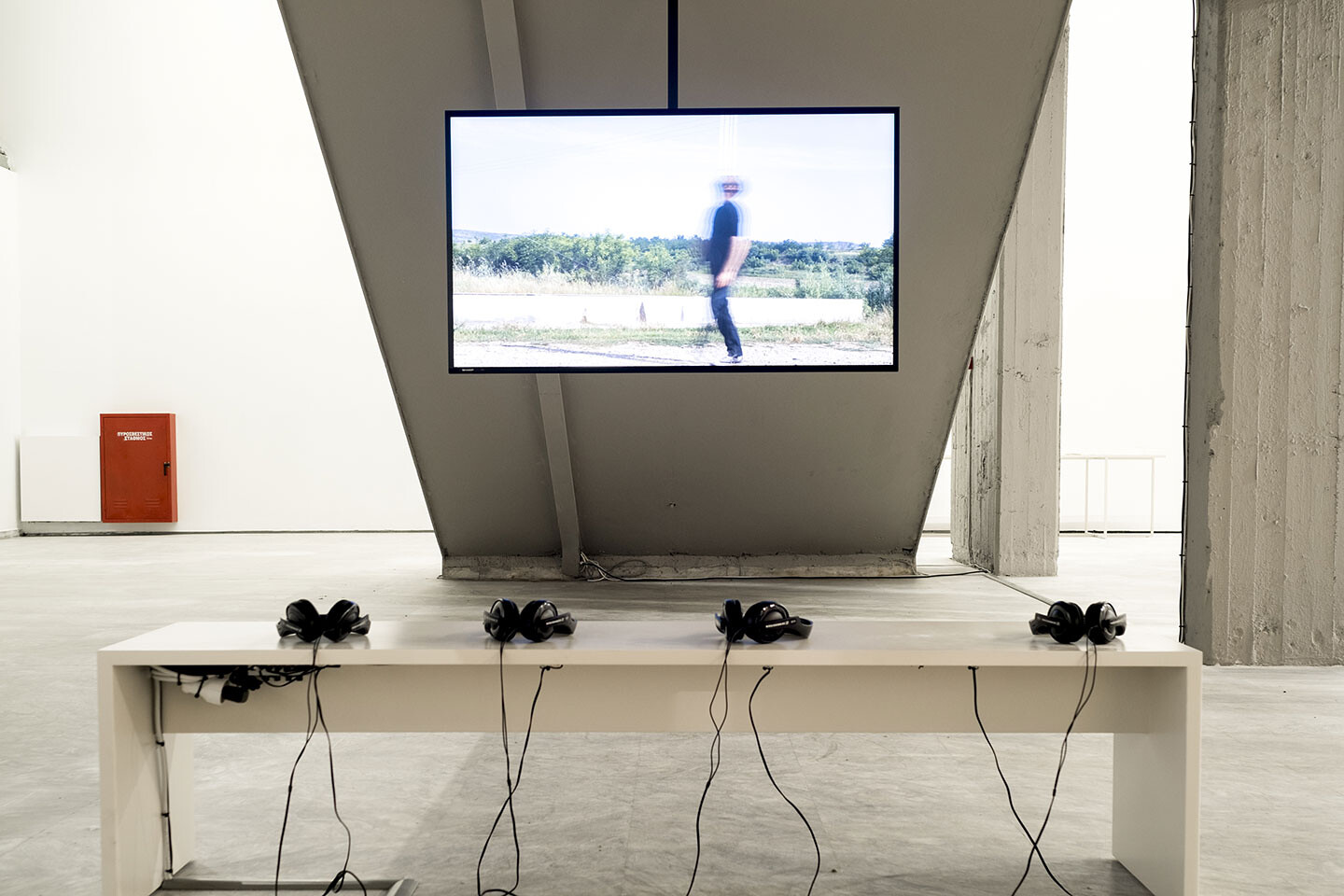

Hiwa K, Pre-Image (Blind as the Mother Tongue), 2017, digital video, installation view, Athens Conservatoire (Odeion), documenta 14, photo: Mathias Völzke
B. I partly agree with that, although I have found that there were some truly nice venues that worked as blocks of sensations and meaning, as islands. My favorite was the Stadtmuseum. There, I think one could see the perfect meeting between a discourse, a theoretical position, and a historically loaded preexisting context. I had never visited the museum before and I had the chance to experience the wonderful video by Hiwa K, View from Above, before seeing the actual model of the destroyed city of Kassel that he had filmed in his work. I loved this Kafkaesque narrative of the journey of a refugee that becomes a fiction for himself and others, to the point that the character can be described as someone who never really existed, just like the “safe zone” that is only safe in the distorted views of European bureaucrats but deadly for all those who must flee from it without being entitled to asylum. It’s a metaphor that takes some weight off our present and gives us a new entry point to the existential situation of refugees. In that same venue, Peter Friedl’s video work Report was also very touching. It featured professional and nonprofessional actors reciting in their own mother tongues Kafka’s 1917 text A Report to an Academy. In the Documenta exhibition as a whole, the subtitling of video works was somewhat erratic. So when one enters the room where A Report to an Academy is being played and is faced with an un-subtitled video of people speaking languages one doesn’t understand, one thinks, “Something isn’t working here,” and exits the room. I have been timing how long people spend watching video works in exhibitions all over the world: it rarely exceeds thirty seconds. So if one doesn’t know that the subtitles were purposely not inserted in A Report to an Academy, what kind of chance is the artist giving himself to be listened to and cared for? Maybe not much, but then this is interesting in itself.
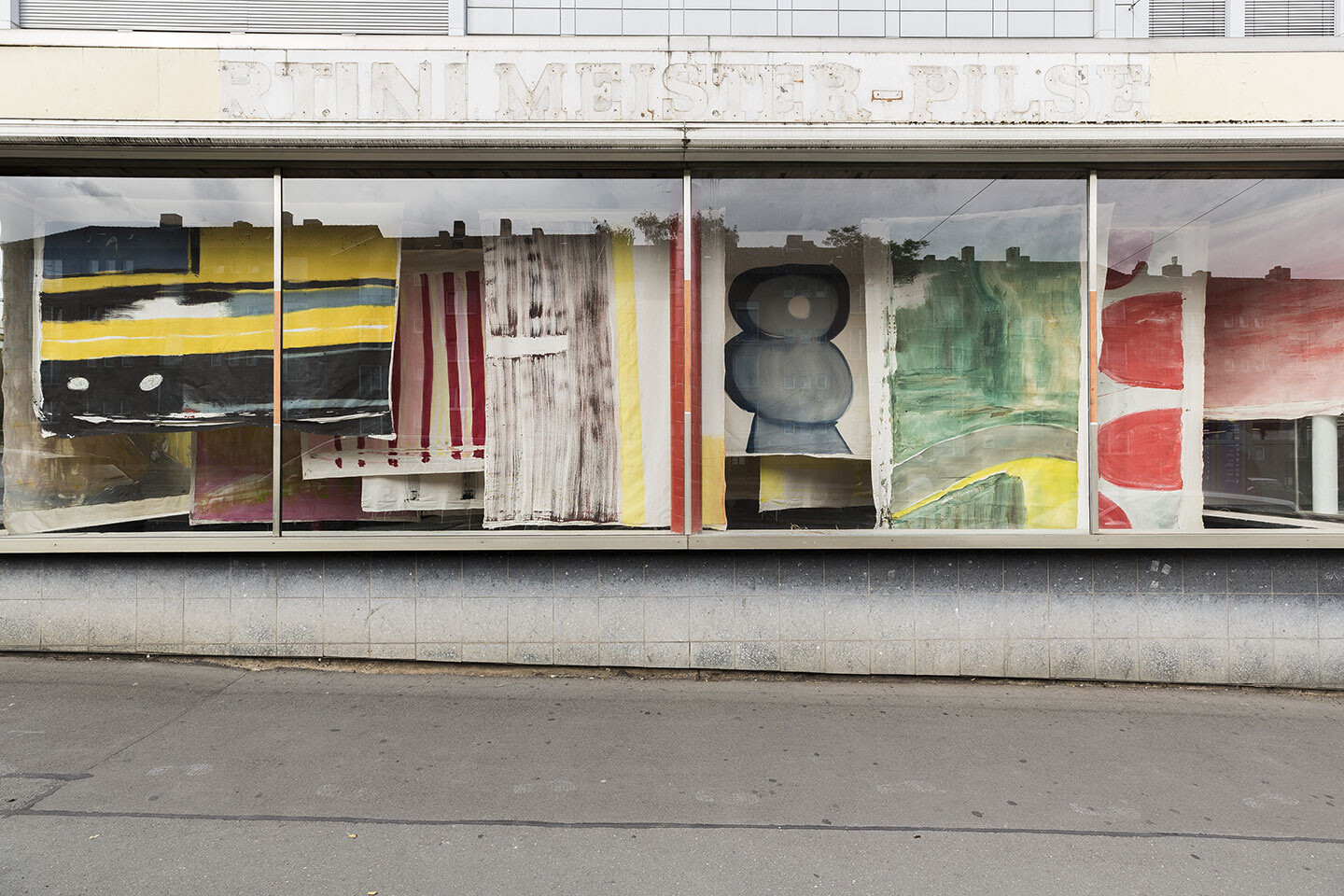

Vivian Suter, Nisyros (Vivian’s bed), 2016–17. Various materials, installation view, Glass Pavilions on Kurt-Schumacher-Strasse, Kassel, documenta 14. Photo: Fred Dott
C. I have something to say about two videos in the show that were made by artists and that refer to older artists—I am not a fan of this operation in general, as it seems like a way to dismiss the autonomy and specificity of the medium, transforming it into a narrative tool whose content becomes somehow the “art” part of it, the added value. Rosalind Nashashibi’s Vivian’s Garden is fascinating but frustrating. We find ourselves in this exotic setup with incredible light, tropical vegetation, birds screaming, dogs, a very strange mother and daughter. We barely understand anything, we are left on the threshold of a stillborn narrative. The film revolves around the artist Vivian Suter, who is also featured in Documenta—in the Glass Pavilions in Kassel people can see her amazing paintings made with organic matter and pigment that smells like animals. But what is the relationship between the insignificant fragment of this very interesting painter’s life presented in the film and her actual work? I haven’t seen any other paintings at Documenta that I have liked as much as Suter’s. It seemed to me that that the curators didn’t even like painting or trust it as a medium. In Suter’s case there is a tactile, sculptural dimension to the installation, incredibly sensual. It’s the only synesthetic experience I have had: this exhibition has sometimes stimulated my mind, but it has always left my senses and my whole body stone cold. The other work that poses a more serious problem for me is Douglas Gordon’s video installation on Jonas Mekas, I Had Nowhere To Go: A Portrait of a Displaced Person. It was presented in the Kino Star, a large movie theater with excellent sound. But it is an incredibly failed experiment: Gordon didn’t seem to be able to direct Mekas, who sounds fake when he reads his diaries about being a refugee in America during World War II. Mostly we are faced with a visual void—not even a black screen; the projector is often off and this causes the back door of the room to remain open so that people can find their way out but also see the rare heads of the audience in a sea of empty seats. The installation is all this—all the elements that the artist hasn’t mastered and, by the looks of it, has neglected with disdain. We hear the sound of Mekas’s old theatrical voice, involuntarily turning his tragic experience into derision, showing the structural problems of any unresolved documentary by an artist on an artist. Gordon doesn’t seem to have directed Mekas at all. He has trapped him in a useless device, and when we see images of a monkey with Mekas’s voice-over, we wonder what was going through Gordon’s head. At times there are even horrible sounds of bombs. Why is it acceptable to present a work like this? If Documenta is about not showing the obvious big names, why Mekas, and with such an unremarkable work? I have found it unforgivable. It has tainted my whole experience of the exhibition, because the work is supposed to tackle the issue of displacement and the experience of being a refugee and it totally misses the point.
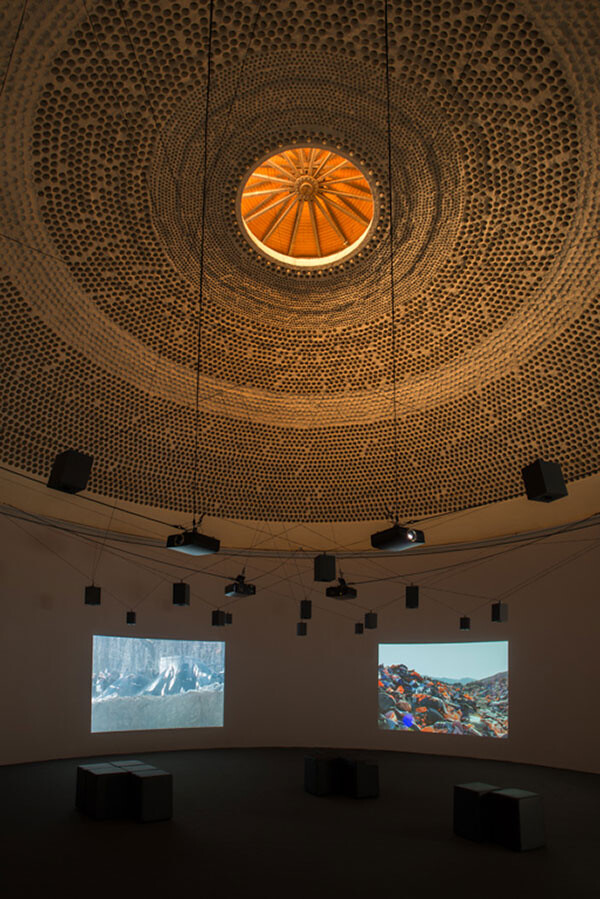

Angela Melitopoulos, Crossings, 2017, video and sound installation, installation view, Giesshaus (University of Kassel), Kassel © Angela Melitopoulos/VG Bild-Kunst, Bonn 2017, documenta 14. Photo: Nils Klinger
A. Yes, but then in this respect Angela Melitopoulos’s installation Crossings totally makes up for it. It is a masterpiece! It seemed to me that it was the only truly contemporary work in the whole exhibition, because of its wonderful use of the space (a very strange and fascinating venue) and because it dives into the disturbing connection between the phenomenon of displaced people, migratory fluxes, debt, and the politics of our present. Visually and aesthetically it was very accomplished, and the position of the work seemed to me absolutely in tune with the curatorial project. It was a gift to the viewer. I also loved Wang Bing’s retrospective—I wish I could have spent more time there. The display was fabulous, giving people visual and historical insights into his movies, traces of a material memory. The photographs showing the unburied bones of the victims of a 1957 repression against “rightists,” the covers of the notebooks used to write stories that escaped censorship—these were amazing artworks.
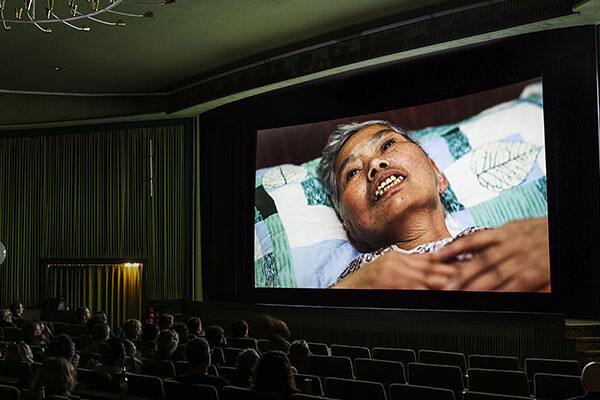

Wang Bing, Retrospective, Gloria-Kino, Kassel, documenta 14. Photo: Fred Dott
D. I think that besides the political sensibility, there was a strong musical component in this Documenta. You could feel it from venue to venue. It was organized as a symphony, maybe a dodecaphonic, a disharmonic one, but there was an attempt to balance things. There was also a palpable antipathy for the internet, its language, and social media. In some parts it really felt like something from the Seventies and I liked that. In Documenta Halle there is a lot of breathing space, and even if you don’t like everything, you understand how some decisions are part of an agenda that wants to highlight indigenous questions, ecology, feminism, and the body. I really enjoyed the documentation on Anna Halprin’s dance company: the architectural device that she projected with her husband, the traces of physical, emotional, and political community with people from many backgrounds and racial origins are just so precious today.
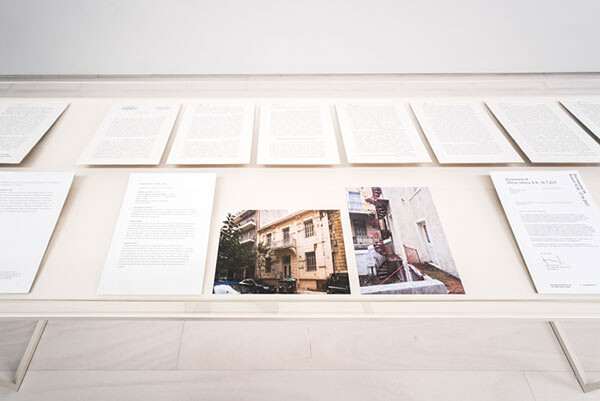

Maria Eichhorn, Building as unowned property, 2017, conversion of a building’s legal status, lot at Stavropoulou 15, documenta 14, Athens, © Maria Eichhorn/VG Bild-Kunst, Bonn 2017. Photo: Mathias Völzke.
B. Well, in retrospect there are projects that may seem very tied to the past but actually challenge the present very strongly. In that respect I loved Maria Eichhorn’s Rose Valland Institute and the Album Bundesarchiv Koblenz—this last work is such an incredibly graceful exercise of aesthetic and political sensibility applied to political memory. Nazi looting is a delicate subject because the material part of the damage caused by the exterminations is insignificant compared to the loss of lives. But she shows how the appropriation of material goods, including art, books, and luxury items, was also one of the motivations for killing their owners.
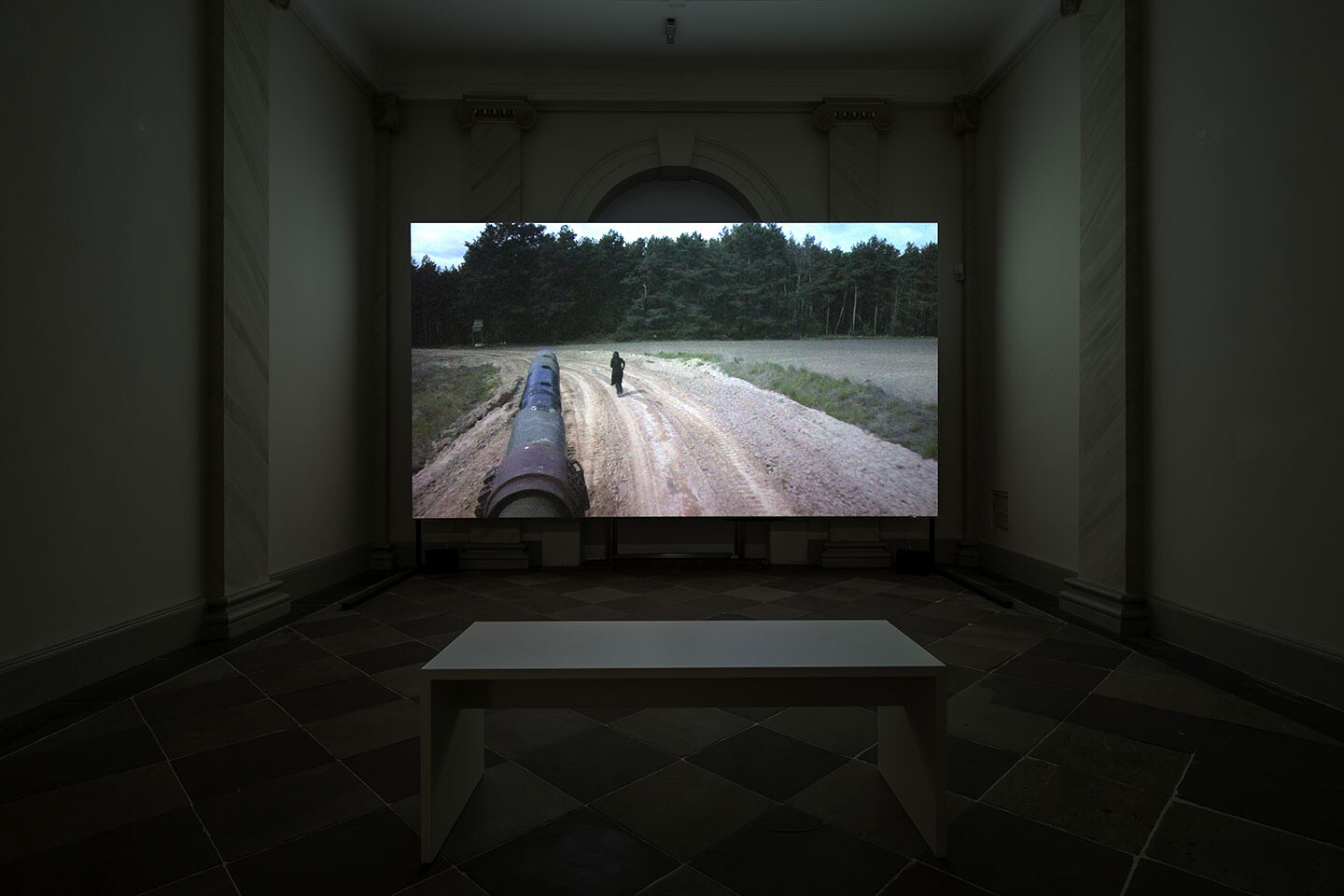

Regina José Galindo, La sombra (The shadow), 2017. Video, installation view, Palais Bellevue, Kassel, documenta 14. Photo: Daniel Wimmer
It’s curious how artworks echo each other in this Documenta, and how, for example, one can see very similar images of Nazi looting in Spain in Andújar’s work (The Disasters of War). There are threads crossing the exhibition, like Asja Lācis’s documents and Walter Benjamin’s floating spiritual presence. But then there are themes that are less legible, more like a subterraneous stream, themes like ecology, LGBTQ sensibility, but also mutilation: for example, why present in the same exhibition the transgender armless painter-performer Lorenza Böttner and Żmijewski’s Realism? What they say about amputation and life is diametrically opposite: Böttner is an artist who fought disability through resilience, while the subject of Żmijewski’s video is mutilated soldiers exercising and humiliating themselves in front of the camera, as people often must do in his works.
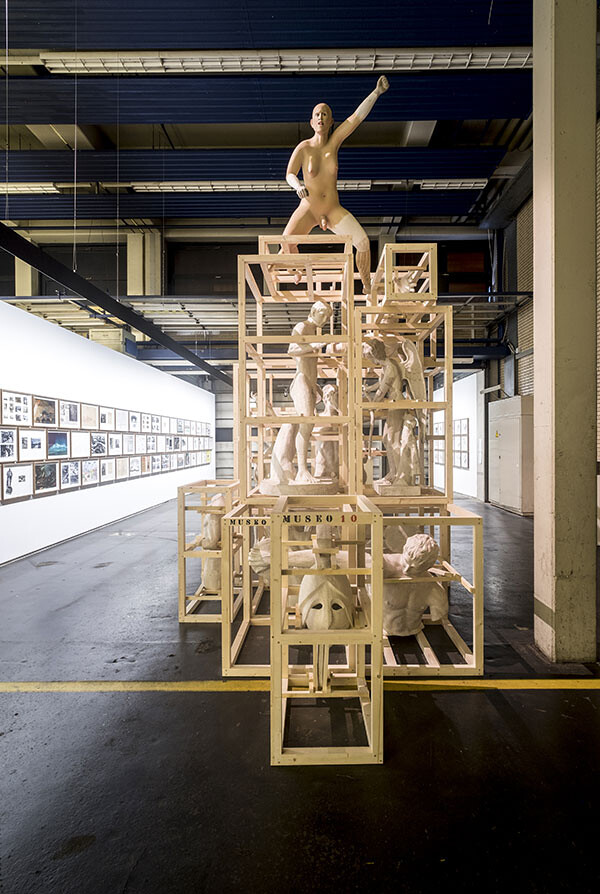

Daniel García Andújar, The Disasters of War/Trojan Horse, 2017, various materials, installation view, Neue Neue Galerie (Neue Hauptpost), Kassel, documenta 14. Photo: Mathias Völzke
I thought that, in terms of challenging the context and talking about the present, Regina José Galindo’s performance setup El Objective was disturbing and interesting. In both of the works I have seen of hers at Documenta, she emphasizes the source of Kassel’s wealth: a city destroyed by the war that makes money from building weapons—it is something incredible in terms of historical anamnesis. Finding yourself at gunpoint in a room, even if one knows that the weapon isn’t loaded, can be very challenging. I didn’t go inside the room were people could “shoot” you, but I looked at others through the lens and felt scared and empowered at the same time.
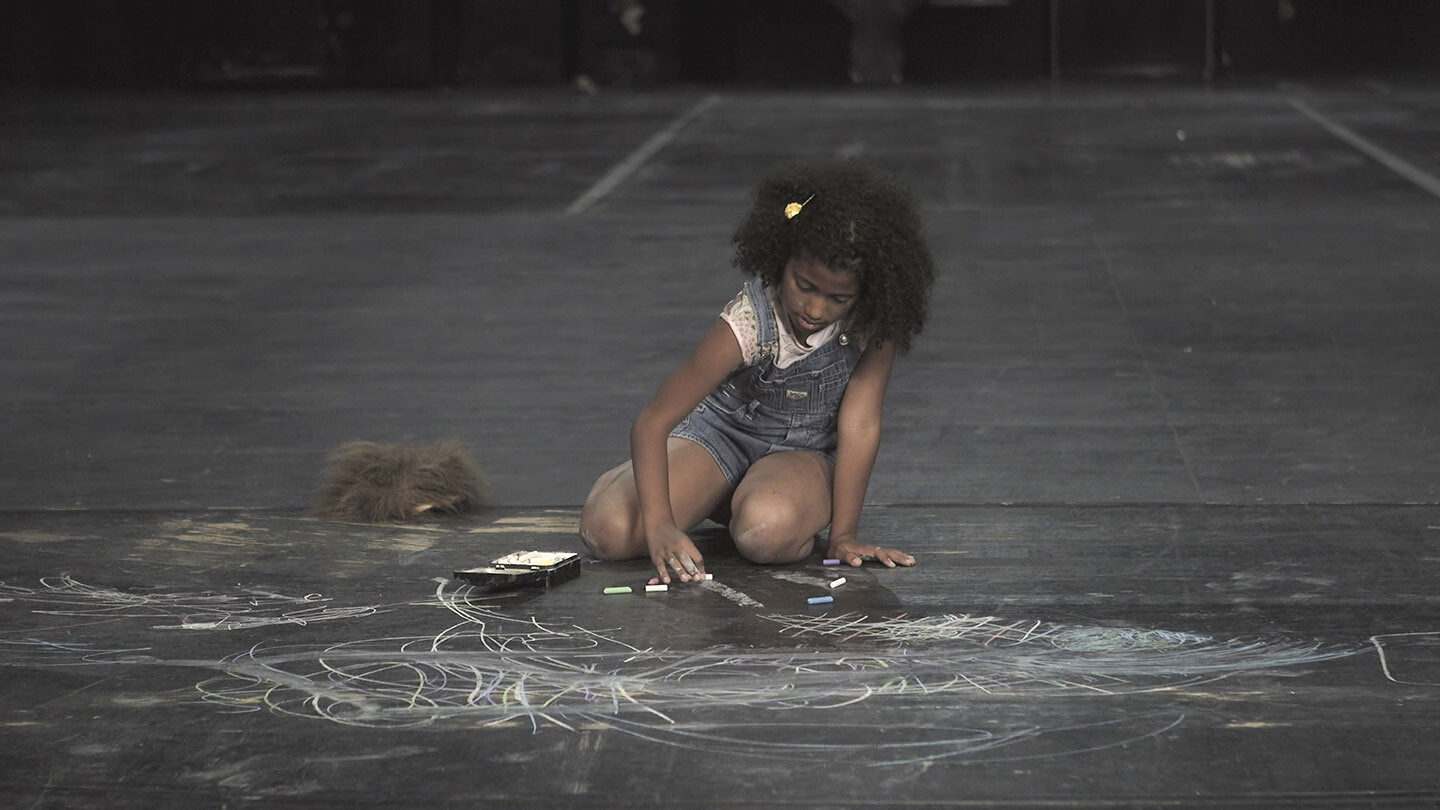

Peter Friedl, Report, 2016, digital video, film still, Stadtmuseum Kassel, Kassel, documenta 14.
C. Okay, let’s just say that at least in this edition of Documenta, the obsession with the monumental isn’t so present; it’s a modest exhibition, but on such a scale that doesn’t honor modesty and laboriousness. I think that maybe when the approach doesn’t want to be Western-centered (although some historical traumas such as fascism, Nazism, and colonialism are omnipresent), all of a sudden the concretion that we call contemporary art, its very field, looks problematic. Maybe this Documenta is an attempt to expand contemporary art, to surpass it and wave goodbye to it on the way to something else that doesn’t look as economically promising or glamorous but maybe will redeem us. I don’t think the market is what they have tried to avoid (doing so would have been idiotic, as it’s everywhere). I think that they have tried to create new visual narratives, but the aura isn’t there, so it’s a little disappointing and maybe obscurely hopeful. I don’t know: I’m an art historian, I wish I had seen more amazing art.
